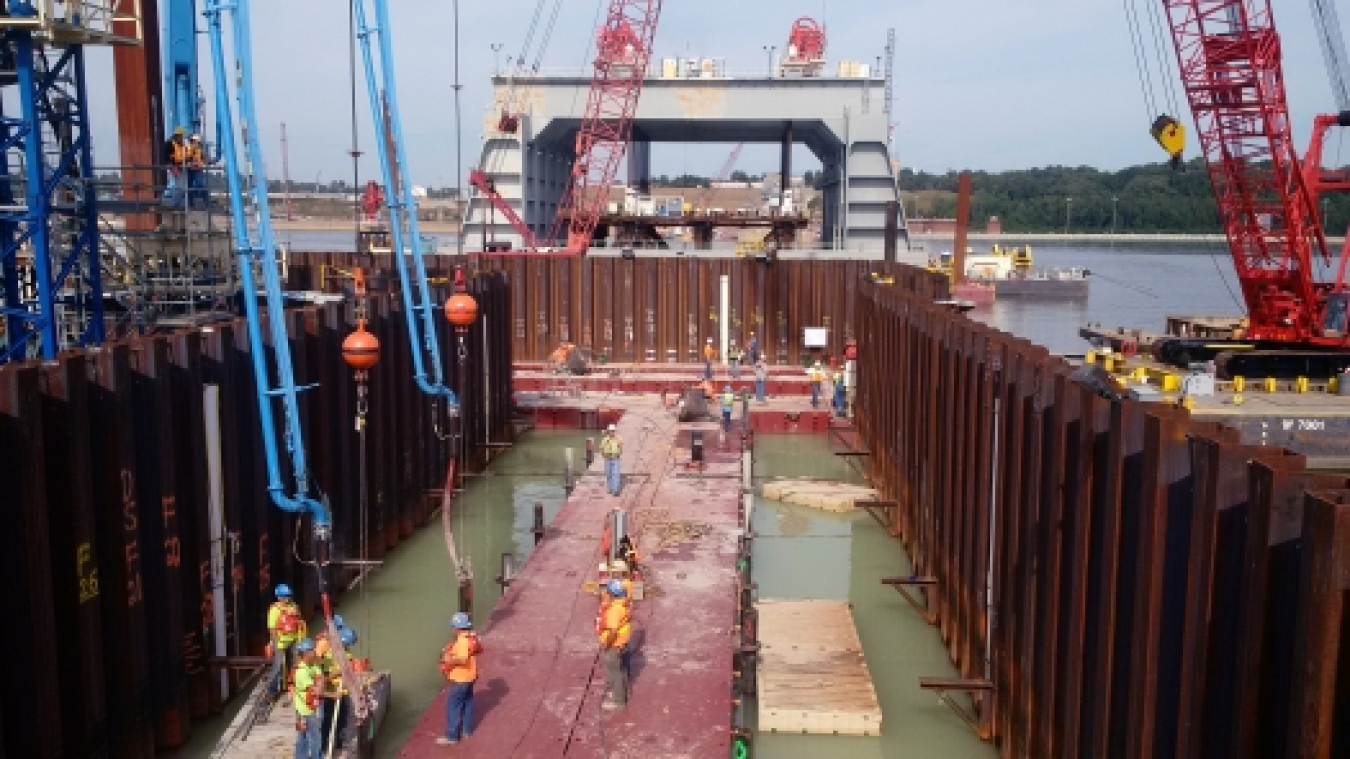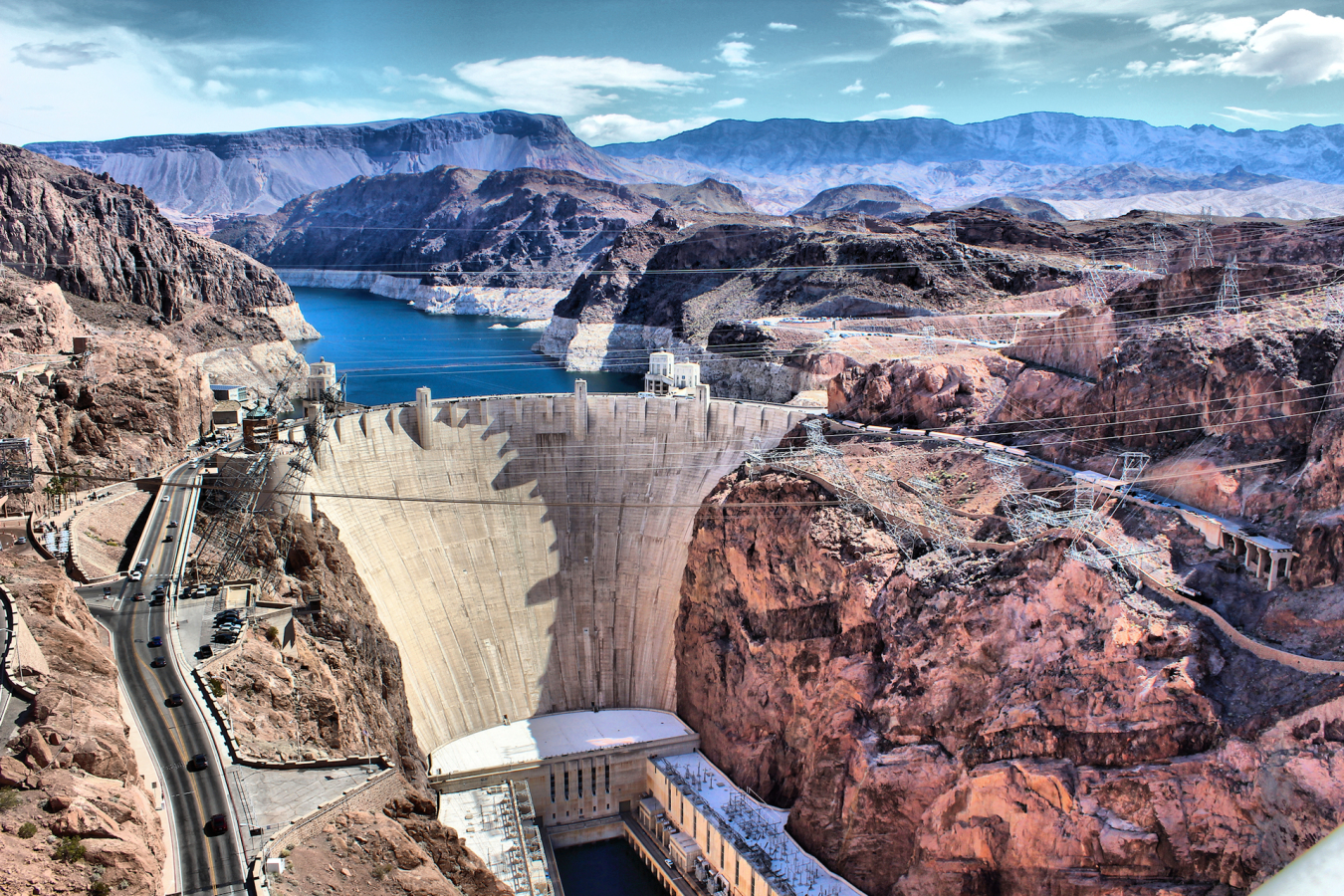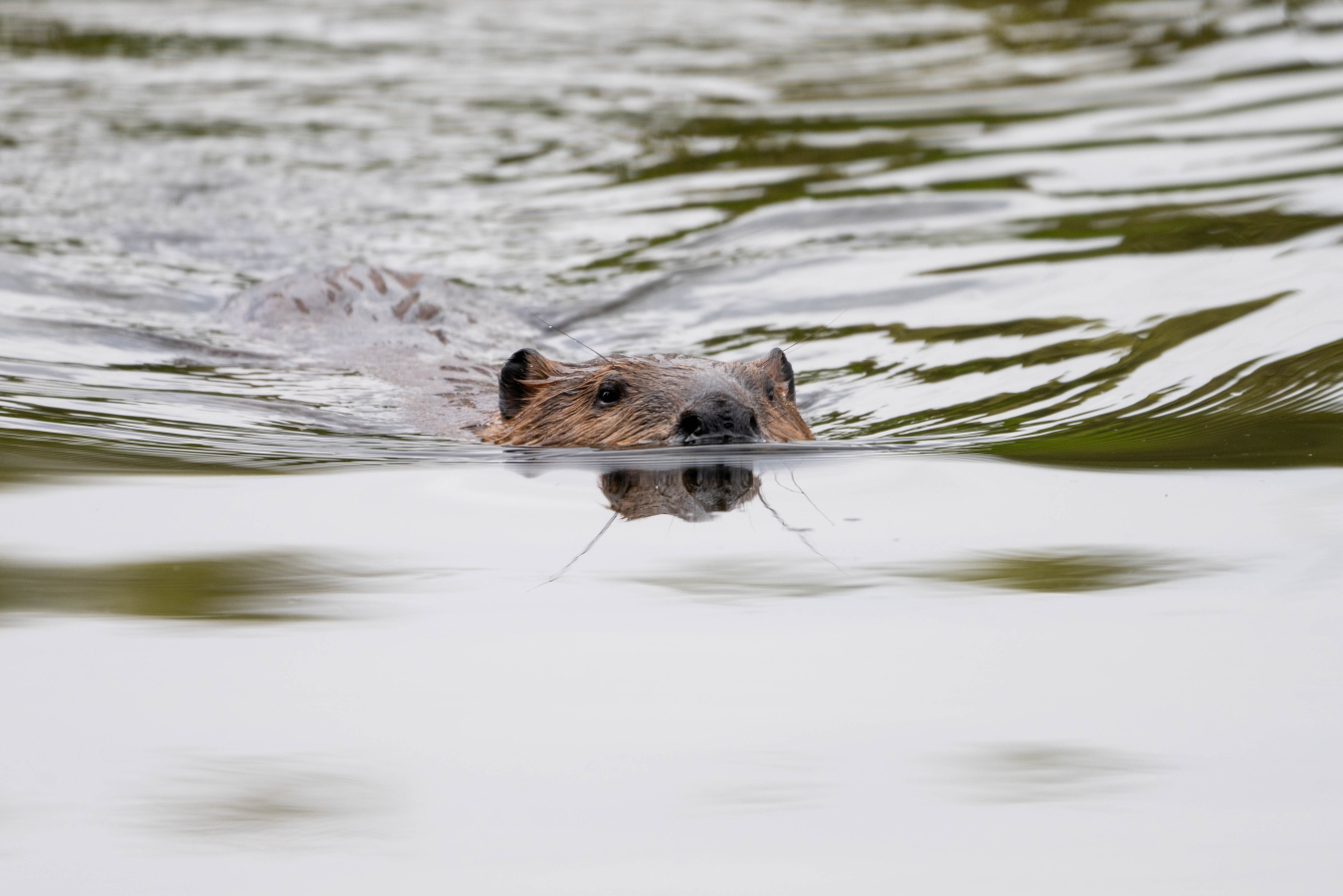When we think of feats of engineering, projects like tall skyscrapers, bridges, and highways immediately come to mind. However, humans are not the only species that stay busy doing construction work!

We invite you to take a closer look at one of nature’s greatest builders: the American beaver. Learn more about human-made and beaver-made dams before you try your hand at engineering with the Great Beaver Dam Build-Off Challenge activity.


Humans build dams for a variety of reasons, including mitigating flooding, providing water for communities, and generating electricity.
There are over 80,000 human-built dams in the United States. One of the most well-known and frequently visited is the Hoover Dam in Nevada.

The Hoover Dam
In 1928, President Calvin Coolidge signed the Boulder Canyon Project Act, setting into motion one of the largest building projects ever undertaken in America. The lower Colorado river had an erratic pattern of flooding, which caused major destruction of farmlands in southern California. To control this flood/drought cycle, as well as provide a consistent source of water for the area, the decision was made to dam the river. An additional incentive was the goal of bringing hydroelectric power to the region.
Due to its favorable geology, the Boulder Canyon location was chosen as the build site. It took over 21,000 workers nearly five years to complete. The dam was constructed of cement, concrete, grout, and structural steel. From foot to crest, the front face of the dam is 726.4 feet tall.
As beavers build their dams, they progressively hold back more water, which ultimately provides protection for the lodge. As a result of the pond that forms behind the dam, the lodge’s entrances will be located underwater, making them accessible only to the beaver.
Although beavers don’t build dams to produce electricity, they do an excellent job of controlling the flow of water through their habitat.

A beaver’s construction skills are instinctive; even beaver raised in captivity exhibit this behavior. Beaver kits follow their parents and older siblings as they maintain their lodge and dam so it is likely that these youngsters also hone their instincts through observation.
The Great Beaver Dam Build-Off: Take Your Kit to Work DayVideo courtesy of the Department of Energy Office of Legacy ManagementThe beaver’s reputation as an industrious animal is well deserved; they are constantly expanding and maintaining their lodge and dam.
Although most dams aren’t very large, the longest beaver dam in the world is 2,788 ft. and located in Wood Buffalo National Park, Alberta, Canada. It wasn’t visited by humans until 2014 due to its remote location. Another beaver dam in Montana was recorded at 14 feet high from base to top.
The beaver's lodge- and dam-building activity results in the creation of new or expanded wetlands. Sometimes, humans think of the beaver as a nuisance species because their wetlands may flood human spaces, such as farm fields. However, the beaver is also known as a keystone species because the newly created wetlands attract additional wildlife, including waterfowl, reptiles, and amphibians.

Come along as we visit one of the many beaver ponds at the Fernald Preserve site in Ohio:
The Great Beaver Dam Build-Off: Dam and Lodge DiscoveryVideo courtesy of the Department of Energy Office of Legacy ManagementNow it’s time for you to take the Great Beaver Dam Build-Off Challenge!
The Great Beaver Dam Build-Off: Kids Build-Off ActivityVideo courtesy of the Department of Energy Office of Legacy ManagementDownload this activity sheet and try building your own table top beaver dam:

